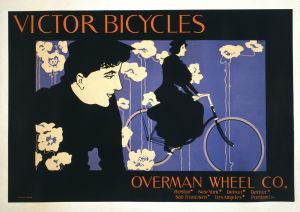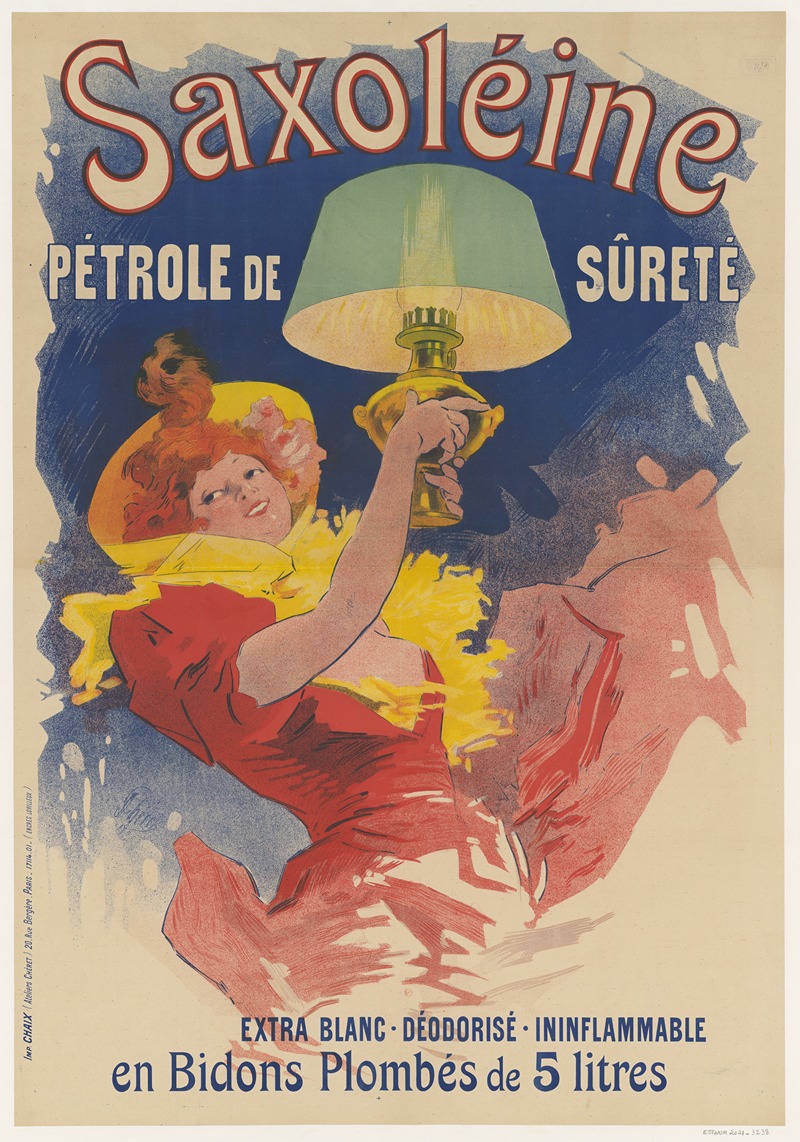
Saxoléine pétrole de sûreté. Extra blanc. Déodorisé. Ininflammable
A hand-painted replica of Jules Chéret’s masterpiece Saxoléine pétrole de sûreté. Extra blanc. Déodorisé. Ininflammable, meticulously crafted by professional artists to capture the true essence of the original. Each piece is created with museum-quality canvas and rare mineral pigments, carefully painted by experienced artists with delicate brushstrokes and rich, layered colors to perfectly recreate the texture of the original artwork. Unlike machine-printed reproductions, this hand-painted version brings the painting to life, infused with the artist’s emotions and skill in every stroke. Whether for personal collection or home decoration, it instantly elevates the artistic atmosphere of any space.
Jules Chéret, a pioneering French artist and lithographer, created the poster "Saxoléine pétrole de sûreté. Extra blanc. Déodorisé. Ininflammable" in the late 19th century. Chéret is often referred to as the "father of the modern poster" due to his innovative approach to advertising art, which combined vibrant colors, dynamic compositions, and a focus on capturing the viewer's attention. His work played a significant role in transforming the streets of Paris into a vibrant gallery of commercial art.
The poster in question was designed to advertise Saxoléine, a brand of petroleum-based lamp oil. During this period, the use of petroleum products for lighting was common, and companies sought to distinguish their products in a competitive market. Saxoléine marketed its oil as being particularly safe, extra white, deodorized, and non-flammable, attributes that were prominently featured in the poster's text. These qualities would have been appealing to consumers concerned about the safety and cleanliness of their home lighting solutions.
Chéret's design for the Saxoléine poster exemplifies his signature style, which often included the depiction of lively, elegant women, sometimes referred to as "Chérettes." These figures were typically portrayed in motion, embodying a sense of joy and modernity. In this particular poster, the central figure is a woman holding a lamp, her expression and posture conveying a sense of ease and confidence. The use of bright colors and flowing lines draws the viewer's eye and creates a sense of movement, effectively communicating the product's benefits in a visually engaging manner.
The artistic techniques employed by Chéret in this poster reflect his mastery of lithography, a printing process that allowed for the mass production of colorful images. Lithography was a relatively new technology at the time, and Chéret's ability to exploit its potential for creating vivid, multi-colored prints was instrumental in the development of the poster as a popular art form. His work not only served commercial purposes but also contributed to the broader acceptance of posters as a legitimate form of artistic expression.
Chéret's influence extended beyond the realm of advertising. His posters were collected and admired for their artistic merit, and he was recognized as a key figure in the Art Nouveau movement. His ability to blend art and commerce set a precedent for future generations of graphic designers and advertisers.
The Saxoléine poster is a testament to Chéret's skill in creating compelling visual narratives that resonate with audiences. It captures the essence of a transformative period in both the art world and the consumer culture of the time. Through his innovative use of color, composition, and subject matter, Chéret not only promoted a product but also helped to shape the visual landscape of the modern city. His work remains an important part of the history of graphic design and continues to be studied and appreciated for its artistic and cultural significance.





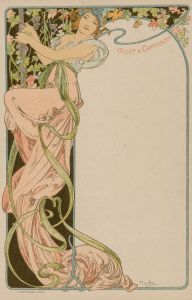
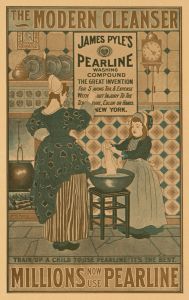
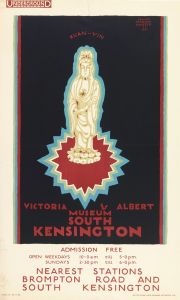
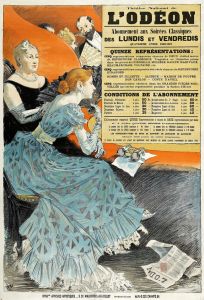
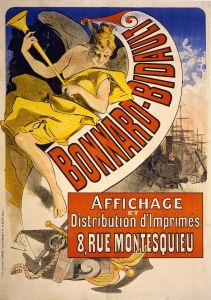
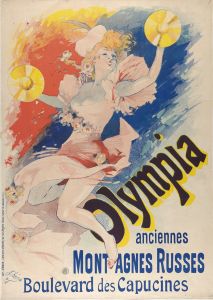

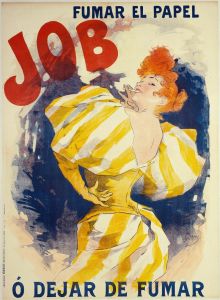

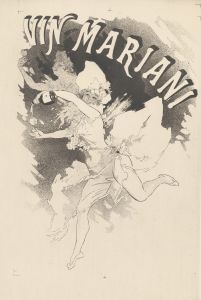
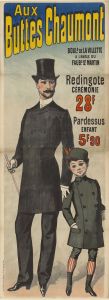
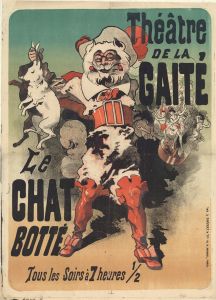
![Graphic designs for Longchamps Restaurants.] [Cocktail card](/imgs/249257/s/winold-reiss-graphic-designs-for-longchamps-restaurants-cocktail-card-a188d857.jpg)
